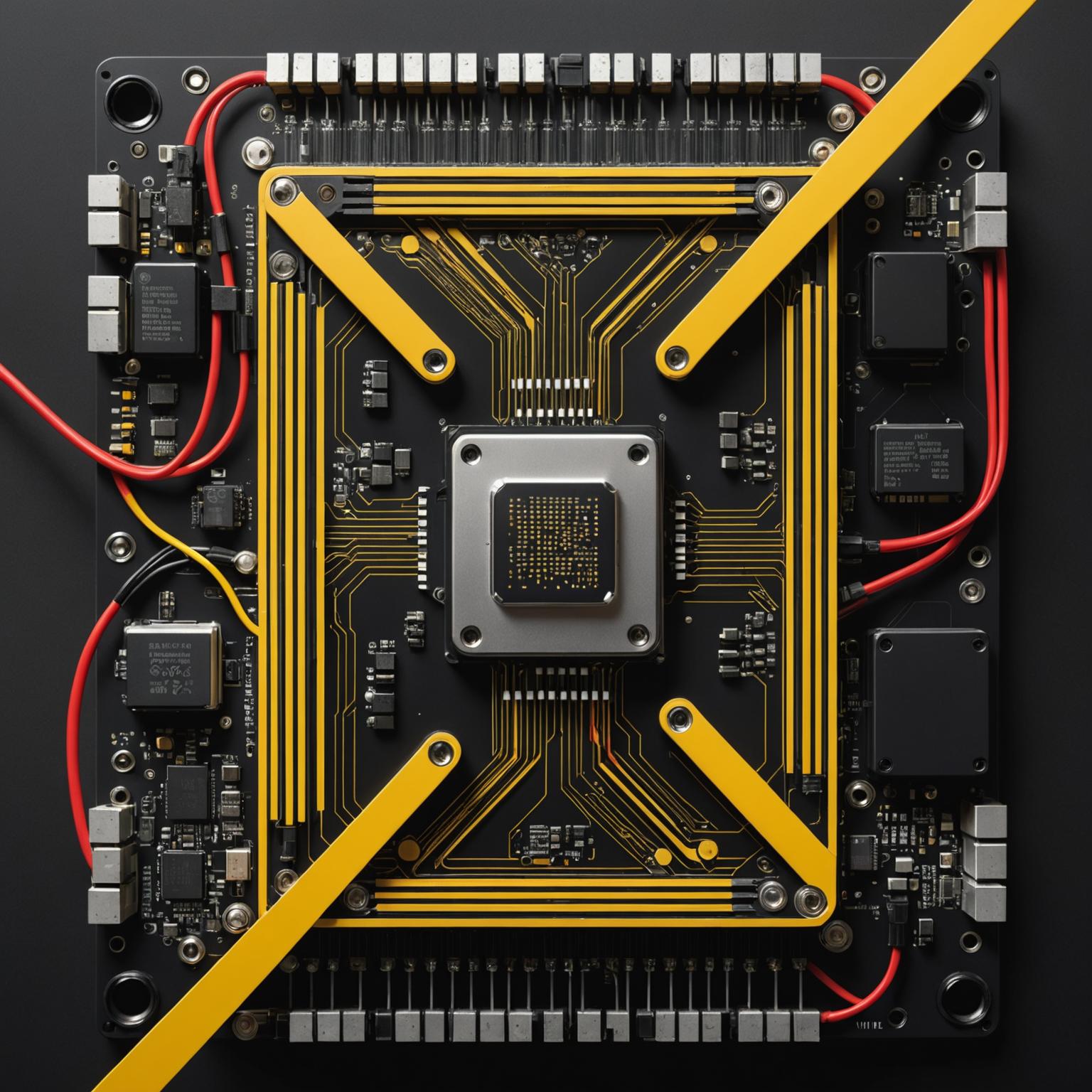DC-DC Converter Step Down Non-Isolated Explained

In our increasingly electrified world, the efficient management of power is more critical than ever. From the complex systems in our vehicles to the portable gadgets in our pockets, nearly every device relies on a precise and stable voltage to function correctly. A key component at the heart of this power regulation is the DC-DC Converter Step Down Non-Isolated, an essential device for converting electrical energy safely and efficiently. Understanding what these converters are and how they work is fundamental to appreciating the technology that powers our daily lives.
Understanding the Basics: What is a DC-DC Converter?
A DC-DC converter is an electronic circuit or electromechanical device that converts a source of direct current (DC) from one voltage level to another. Essentially, it takes an input DC voltage and produces a different output DC voltage. These devices are crucial because different electronic components within a single system often require different voltage levels to operate. For instance, a main power source might provide 12 volts, but a specific microprocessor on a circuit board might only need 3.3 volts. A DC-DC converter handles this transformation, ensuring every part gets the exact power it needs without waste or damage.
Focusing on Efficiency: The Step Down Converter Explained
As the name implies, a step down converter, also known as a buck converter, takes a higher input voltage and converts it to a lower output voltage. This is one of the most common types of power conversion needed in electronics. A perfect real-world example is a car’s electrical system. The car battery provides a nominal 12V DC, but if you want to charge your smartphone through a USB port, you need 5V DC. A step down converter is responsible for this reduction, delivering the correct voltage to your device safely. Without it, the higher voltage would permanently damage the sensitive internal components of your phone.
The “Non-Isolated” Advantage: A Closer Look
The term “non-isolated” refers to the converter’s circuit topology. In a non-isolated DC-DC converter, the input and output circuits share a common ground connection. This design choice comes with significant advantages, making it highly popular for many applications. The primary benefits are higher efficiency, a smaller physical size, and lower manufacturing costs compared to their isolated counterparts. Because the energy transfer is more direct, less power is lost as heat. The trade-off is that there is no electrical isolation between the input and output, meaning a fault on the high-voltage input side could potentially pass through to the output.
Choosing the Right Device: Key Features to Consider
When selecting a converter, several features indicate quality and reliability. Modern devices are often encased in robust materials like aluminum alloy, which not only provides durability but also aids in heat dissipation. Many high-quality converters feature intricate patterns or grooves on their casing specifically designed to disperse heat effectively, ensuring optimal performance and a longer lifespan. Ease of integration is also vital; look for models with clear, color-coded wiring systems that simplify installation. Ultimately, the primary goal of any DC-DC converter is to provide a stable and consistent voltage output, protecting sensitive electronics and guaranteeing a reliable energy flow regardless of input fluctuations.
Powering Our World: Common Applications for Your DC-DC Power Supply
The applications for these converters are vast and varied. In the automotive industry, they are used to power everything from infotainment systems and LED lighting to sensors and control modules. They are indispensable in industrial machinery, providing stable power to control panels and automated systems. In the realm of renewable energy, they are a core component in solar charge controllers. Even in consumer electronics, a DC-DC power supply is working behind the scenes in laptops, portable power banks, and other battery-operated devices to manage power efficiently and extend battery life. Their versatility makes them a foundational building block of modern technology.
